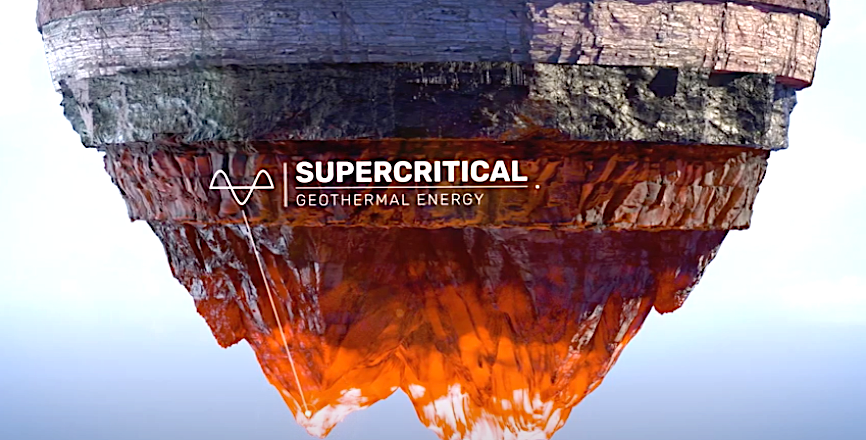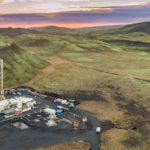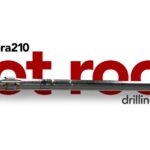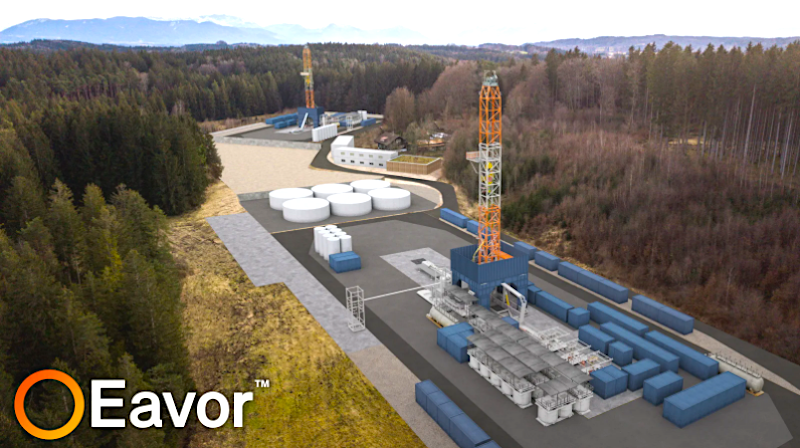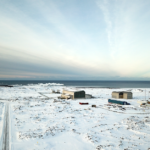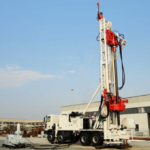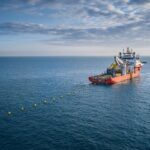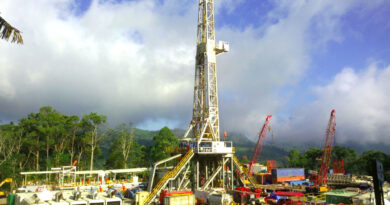Disruptive drilling technology to help geothermal power the world
Energy Disrupter
U.S. based technology startup Quaise Energy is looking at disrupting the geothermal sector with a completely unique drilling technology that could help tap deep supercritical resources.
Geothermal energy systems have the potential to power the world and become the leading technology for reducing greenhouse gas emissions if we can drill down far enough into the Earth to access the conditions necessary for economic viability and release the heat beneath our feet. Quaise Inc. is developing a potentially disruptive and completely unique drilling technology to make that happen.
That was the takeaway from a paper presented by Matt Houde of Quaise at the World Geothermal Congress (WGC) on June 15. Houde not only described the company’s technology, which was pioneered at MIT, but also presented several calculations and a cost model showing its technical and economic feasibility.
Houde’s coauthors are Quaise CEO Carlos Araque, Ken Oglesby of Impact Technologies LLC, and Paul Woskov of the MIT Plasma Science and Fusion Center (PSFC).
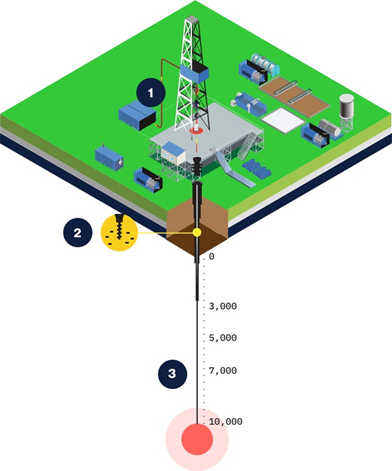
Accessing the Mother Lode
The mother lode of geothermal energy is some 2 to 12 miles beneath the Earth’s surface where conditions are so extreme (for example, temperatures are over 374 degrees C, or 704 degrees F) that if water could be pumped to the area it would become supercritical, a steam-like phase that most people aren’t familiar with. (Familiar phases are liquid water, ice, and the vapor that makes clouds.) Supercritical water, in turn, can carry some 5-10 times more energy than regular hot water, making it an extremely efficient energy source if it could be pumped above ground to turbines that could convert it into electricity.
Today we can’t access those conditions except in Iceland and other areas where they are relatively close to the surface. The number one problem: we can’t drill down far enough. The drills used by the oil and gas industries can’t withstand the formidable temperatures and pressures that are found miles down.
Houde began his talk with a quote from the Department of Energy’s 2019 Geovision report, an analysis of the geothermal industry in the United States: “Supercritical resources can be found everywhere on Earth by drilling deep enough…Drilling to this depth is financially prohibitive with existing technology…Economic production of supercritical resources will require the development of entirely new classes of drilling technologies and methods.”
Quaise is working to that end. The company’s technique replaces the conventional drill bits that mechanically break up the rock with millimeter wave energy (cousins to the microwaves many of us cook with). Those millimeter waves (MMWs) literally melt then vaporize the rock to create ever deeper holes. The title of Houde’s WGC talk: “Rewriting the Limits for Deep Geothermal Drilling: Direct Energy Drilling Using Millimeter Wave Technology.”
“It sounds like sci-fi technology, but it’s not,” says Houde. “It is definitely real, and it’s feasible and practical. It’s just a matter of implementing it and validating it in the lab and in the field.”
A Strong Foundation
Houde emphasizes that the Quaise approach is based on technology “that’s already mature and commercialized,” having been developed over decades for fusion energy research and for the oil and gas industries. Quaise is simply repurposing that technology for a different application.
For example, the MMW energy key to the technology is produced with a gyrotron machine and directed to its target (deep, hot rock) via waveguides. Both were developed over some 50 years of research into nuclear fusion as an energy source. The Quaise technique also takes advantage of conventional drilling technologies such as those developed by the oil and gas industries. Quaise will still use these to drill down through surface layers to bedrock, which was what they were optimized for.
Then the system will switch to the MMW technology. The latter “simplifies everything downhole such that nothing is particularly sensitive to the high temperatures and pressures. That allows us to mitigate many of the issues we have with conventional mechanical rigs at these depths,” Houde says.
Running the Numbers
Houde presented several calculations showing the technical feasibility of the Quaise approach. For example, he showed that the drilling rate even several miles into the Earth should be roughly the same as that for conventional geothermal drilling. Further: the Quaise MMW technology automatically melts the rock to create a strong glass “liner” that prevents the hole from collapsing and protects the waveguide. About six miles down, that would replace the cement casings currently used to protect the boreholes associated with conventional, mechanical drilling nearer the surface. This, in turn, actually solves additional problems like the downtime associated with removing broken drill bits.
Houde also presented calculations regarding the removal of the vaporized rock, which is done using existing compressor technology to pump a purge gas down into the hole along with the MMW energy. Think of the general setup as a straw within a larger straw. The energy and gas travel downhole through the inner straw where they eventually reach and vaporize the rock at the bottom. Then the gas carrying the vaporized rock, or particulate, travels back up to the surface through the space between the two straws. “Our calculations show that the particulate can be conveyed uphole with downhole pressures and flow rates that fall within bounds of existing compressors,” Houde says.
A cost model of the economic feasibility of the Quaise approach is also promising. Houde notes that few geothermal wells have been drilled past ten kilometers (~six miles), but to get that far using conventional technology costs more than $5,000 per meter. The cost model indicates that MMW drilling could reach twice that depth at drilling costs of around $1,000 per meter.
What’s Next?
Although experiments at MIT have shown the general feasibility of drilling with MMW energy, the technique must still be proved in the field. Quaise aims to do just that over the next few years out in the western United States, working in collaboration with Altarock, MIT’s PSFC, Oak Ridge National Laboratory, Impact Technologies, and General Atomics.
Investors in the company are the Advanced Research Projects Agency-Energy (Houde is project manager for the ARPA-E grant), The Engine at MIT, Vinod Khosla, and Collaborative Fund, among others.
We thank Elizabeth Thomson, a science writer, for the sharing of this report.


